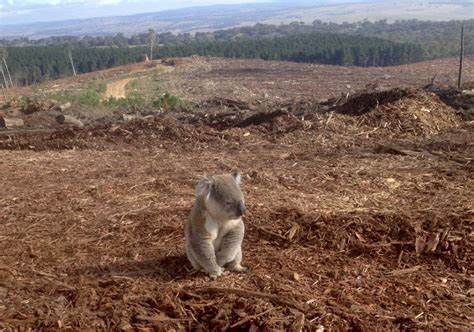Forests provide a home to almost 80% of animal species worldwide. Furthermore, forests also provide the space to hunt, find food, reproduce and grow. Basically, forests fulfill all the needs of species that dwell there. Therefore, when forests deplete, species living there lose their natural dwellings. This disturbs their whole life cycle. Also, they are exposed to new environments, not suitable for their biological needs. As a result, wildlife in the deforested area shrinks rapidly to a point where some species go extinct, never to walk the Earth again.
Deforestation in an area kicks the wildlife out of that place. No tree covers force animals to find new places to live. While a few species may survive their new surroundings, most of them cannot. Habitat loss drastically impacts the animal population in that area and leads to a severe loss of wildlife. Therefore, the loss of habitat is the most damaging impact of deforestation on wildlife. According to the IUCN's red list, habitat loss due to deforestation is the biggest threat to more than 80% of wildlife globally.
Animals dwelling in the forest depend on them for food. Loss of forests leads to the shrinking of food sources essential for the survival of wildlife. For example, Panda and mountain Lemurs face a serious threat of extinction due to shrinking bamboo jungles – a primary food source for these animals. The International Network for Bamboo and Rattan (INBAR) and the UN Env90ironment Programme's World Conservation Monitoring Centre (UNEP-WCMC) report confirm this and warn that if the situation remains unresolved, we will soon lose a bigger chunk of the Panda and Lemur population. Similarly, predatory animals also face the threat of extinction. Failing green covers leads to a severe food shortage for herbivores and their population decline. In the process, predatory animals who feed on those herbivores are also devoid of their food source, seriously affecting their population too.

.jpg)

